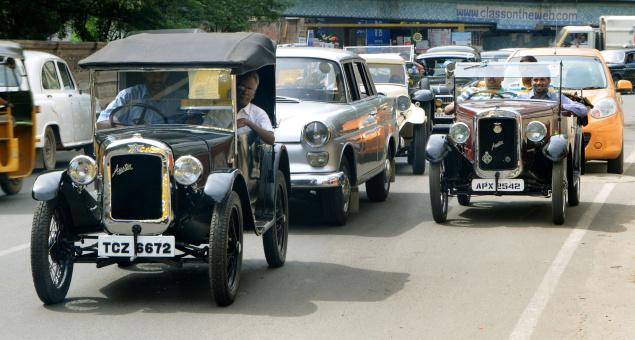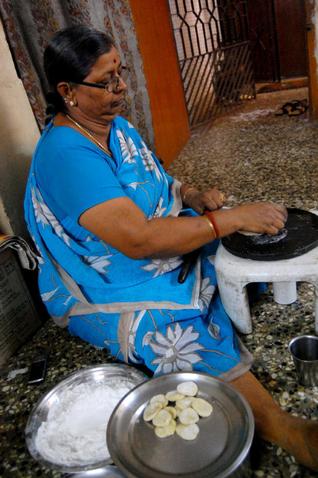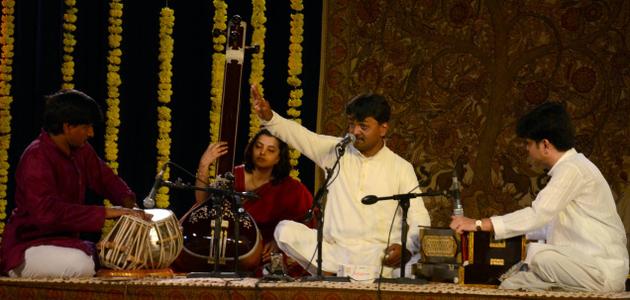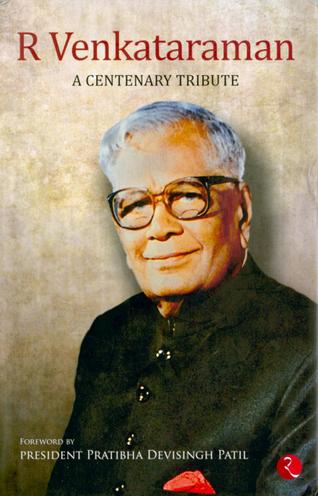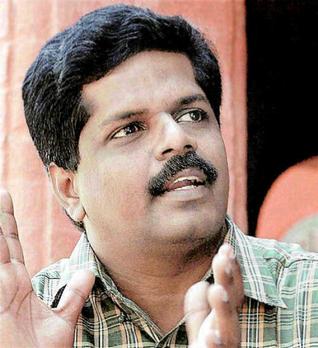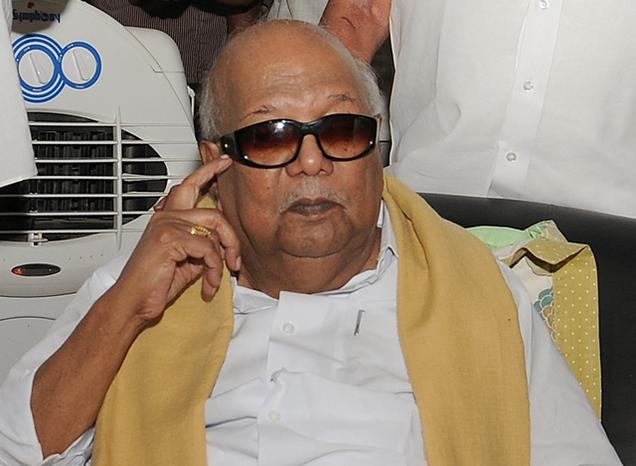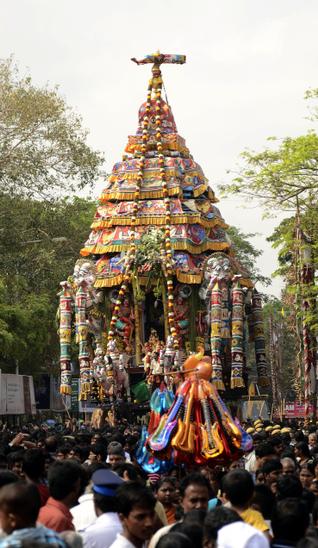Madurai:
The Halai Memons migrated to Madurai from Ranavav, situated close to Gandhiji’s birth place Porbandar in Gujarat in the 1870s for trade and business purposes. Incidentally, it was a Memon who took Gandhiji to South Africa for the first time.
Established in 1878, the Hajeemoosa store is a famous landmark in Madurai, situated near the east gate of the Sri Meenakshi Amman temple and still continues to be patronized by people from Madurai and many southern districts. M Ismail Omar, the present owner of the store says that his forefathers realized the great potential that Madurai had in terms of trade and started establishing their businesses here. The present store has many floors, but originally it was established as a small 100 sq feet shop. Many of them established their shops around the temple and flourished as they were well versed in the textile trade. These merchants were the connection to the outer world, as their goods included fabrics exported from across the world, making them much sought after by the elite.
Though reluctant to come to Madurai at first and leave their relatives behind, the ladies soon followed their husbands and started adapting to Madurai, as the journey back and forth from their hometown took many days. Their counterparts, the Sourashtrians, came forward to rent their homes to them when they first started settling in Madurai. Even today both communities continue to maintain close ties.
As their trade flourished, the Halai Memons reduced the number of visits to Ranavav as they could not leave their work in Madurai unattended. Ismail says that he has never been to his native place. But many still continue to visit their hometown for family functions and weddings.
People of this community make sure that their children converse in their language called Memoni, a mixture of Gujarati and Sindhi, right from the beginning. Weddings are a time to showcase their cultural and traditional art forms like the dandiya dance. All the 350 families of this community who live in Madurai are members of the Halai Memon Association, which has one of the oldest marriage halls in the city constructed in 1965. They rented out the premises to the people of Madurai for a very nominal cost, even when marriage halls were not constructed here.
Being pious Muslims, they celebrate and observe the festivals of Ramzan Eid, Eid-ul-Azha and Milad-un-Nabi, with a lot of religious fevour. Ramzan feasts are grand affairs with traditional delicacies and include dates brought all the way from Saudi Arabia.
The founder president of the Tamil Nadu Textile Merchants Association A C Mohammed, belonged to this community. His contribution to the development of the textile trade in Tamil Nadu is still remembered by the textile industries. He was also the founder member of the Rotary Club of Madurai, which is celebrating its centenary year this year and is the second oldest club in Tamil Nadu.
This community is also known for its charitable nature, contributing in a big way to orphanages, hospitals and the members are active members of the Rotary, Lions and Jaycees clubs. Today, the Halai Memons constitute an important part of Madurai, helping the city make significant strides towards development.
source: http://www.timesofindia.indiatimes.com / Home> City> Madurai / by Padmini Sivarajah, TNN / July 31st, 2012
